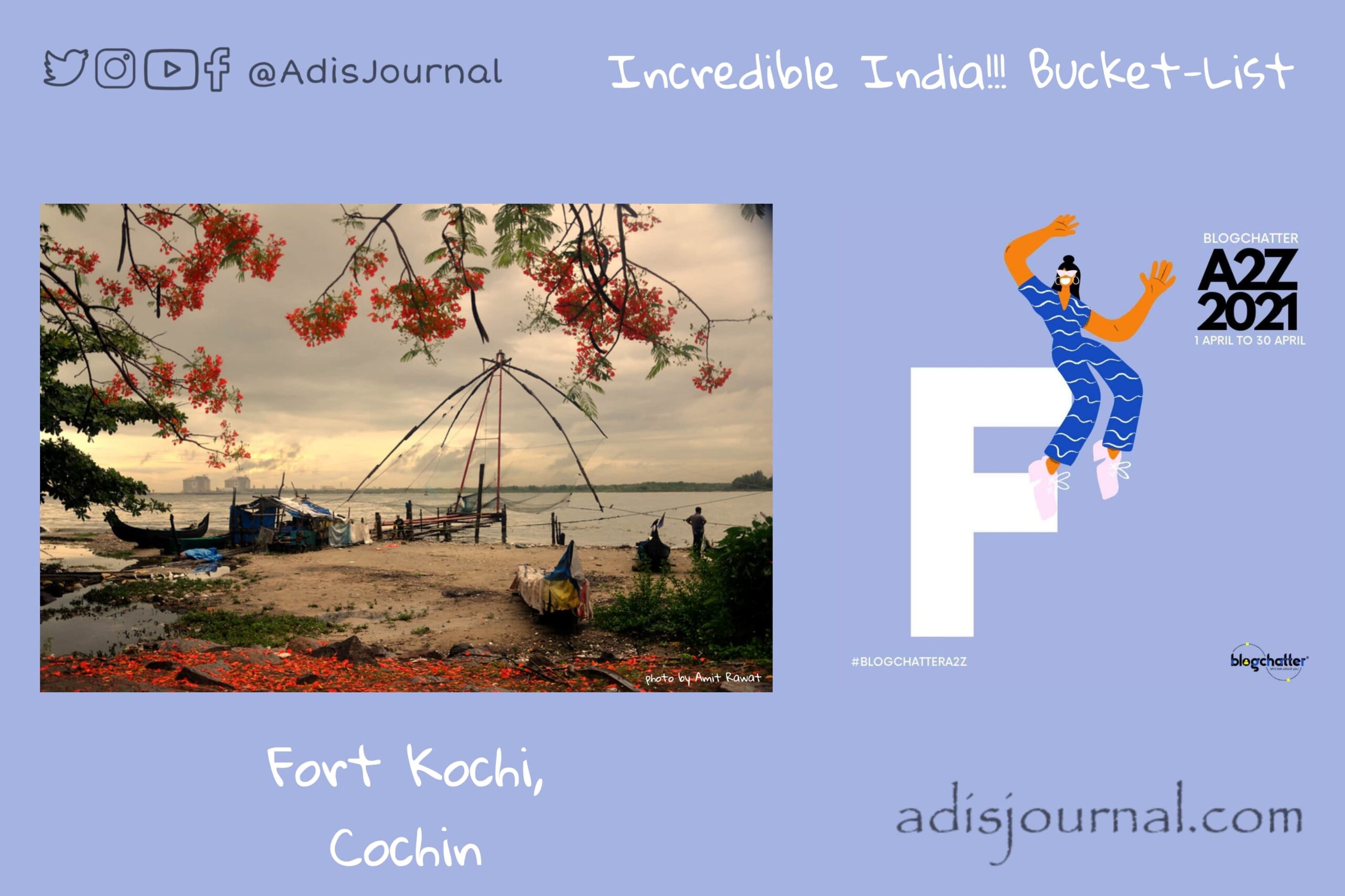
Let’s enjoy seashores of the west coast of India and the beauty of Western Ghats as we cross Kerala, Karnataka and Maharashtra to enter the state of Gujarat. Today, our destination is the one and only abode of Asiatic Lions. Our country is blessed with various geo-climatic conditions. As a result, a wide range of habitats are developed. There are vast grasslands like Banni, evergreen forests in North-Eastern states, riparian forests on the banks of the rivers, mangroves like Sundarban in West Bengal and many more. The forest in Gir Wildlife Sanctuary is a mix of dry scrub land and open deciduous forest.
Story Time:
In the 1900s when Nawabs of Junagadh ruled the lands around the forest, they had kept it as their private hunting grounds. It was the time when the number of Asiatic Lions had dropped to an alarming state. Only about a dozen of them were remaining in India. Then British Viceroy brought this to the attention of Nawabs. Understanding the importance of lions, Nawab banned the hunting of lions. By 1920 numbers had improved to 50 lions and by 1936, it increased dramatically to 250 animals.
After the independence of India, administration continued to follow the same policies of its predecessors of Junagadh State and in 1965, it became the notified wildlife sanctuary. In 1975, Government declared the area of 150 sq. km. as a National Park and later expanded to 259 sq. km in 1978. Followed by this in 1984, they declared the surrounding area as a wildlife sanctuary creating today’s expanse of Gir Lion Reserve with National Park at core.

Asiatic Lion, the king of the jungle 
Nilgai at Gir by Gaurika Wijeratne 
Chital in Gir National Park 
Grey langoor at Gir by Gaurika Wijeratne 
Asiatic Lion at Gir by Gaurika Wijeratne
Wealth of Gir Reserve:
When last counted in 2015, there were 523 asiatic lions living in and around Gir Lion Reserve. However, if you think this is the only beast living in this forest, you are too far of the mark. Hundreds species of plants have created this forest which is a house to more than 38 species of mammals including Asiatic lion, Indian leopard, jungle cat, striped hyena, golden jackal, Bengal fox in carnivores group, and herbivores like chital, nilgai, sambar, chawsingha, chinkara and wild boar. Over 300 species of birds and 37 species of reptiles have also made Gir Lion Reserve as their home.
Maldharis, a tribe of cattle-herders, also used to call this sanctuary their home with few settlements in the region. Even after barricading their settlements by thorns, they used to lose a few of their livestocks frequently. Subsequently, they were rehabilitated outside the National Park boundary. Because of this re-settlement, the regeneration of degraded forest took place and prey density improved.
Today, Gir is the only abode of Asiatic Lions. Let’s take care of our environment and try to live sustainable lives and hope the endangerment of species is avoided.
I am participating in A2Z challenge with Blogchatter and this is my take on day 7 challenge. “G is for the Gir Lion Reserve, Gujrat”. You can find my other posts from this challenge here.
This is also a part of Blogchatter’s CauseAChatter.











